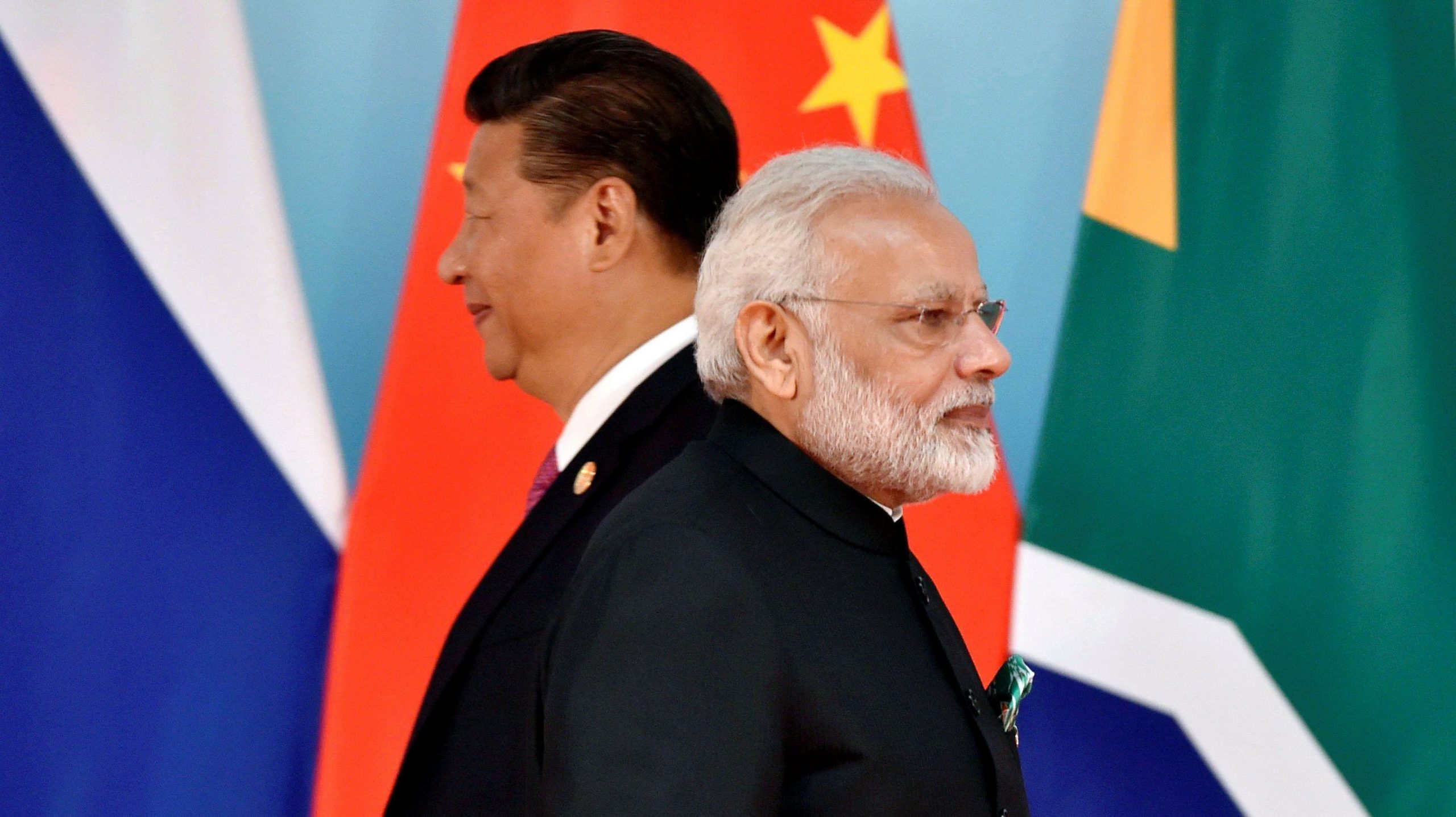By Gautam Bambawale and Ajay Shah
China’s military aggression in Ladakh, which continues to date, led many of us to ask: How does India respond to and meet the China challenge?
Our armed forces have responded magnificently in the immediate and near term. However, the India-China relationship is a long-term game, which is not merely about military affairs but also about economics, science, technology and innovation. One of the reasons for Chinese aggression toward India is the huge discrepancy in economic, military and national power, which has emerged between the two over the past decade.
In the short-run, India will have to build balancing coalitions with like-minded countries. Quad is one example. There are three groups of countries we can contemplate for such coalitions: Major democracies of the world; countries bordering China; and India’s neighbours. The United States (US), Japan, France, Sri Lanka, Bangladesh and Russia spring to mind. There are roughly 20 such countries.
India needs to build deep partnerships with these coalitions of nation-States, going beyond treaties and agreements to forge linkages between peoples and institutions. Education, travel and tourism, cooperation among scientists and innovators need to be nurtured. Good partnerships are grounded in give-and-take, where each country reshapes its domestic policy in ways that are favourable to the other.
India will have to rise to this challenge, and go beyond being wedded to a narrow vision of strategic autonomy.
Strategic planners in Indian firms need to rethink business plans in the light of these complexities. In some areas, where China-centric sourcing and technological dependence can elevate business risk, a selective retreat from economic engagement with China, and increased emphasis upon the global market, is optimal.
A critical element of the journey lies in innovation policy. India needs to match and improve upon China’s achievements in fostering research institutions and intellectuals that inhabit them.
By 2047, if we can maintain 8% GDP growth per annum, then India will be a $64-trillion-dollar economy in Purchasing Power Parity (PPP) terms. In the same period, if China grows at 5% per annum, it will be a $86-trillion economy in PPP terms. In other words, the current mismatch will reduce significantly.
The judicious use of self-reliance (atmanirbhar), grounded in self-confidence (atmavishwas), where a confident India engages with the world without insecurity, forms alliances with like-minded countries, and leverages democracy and a skilled workforce to good effect, is the path through which the China challenge can be addressed.
(The opinion piece appeared in The Hindustan Times)










